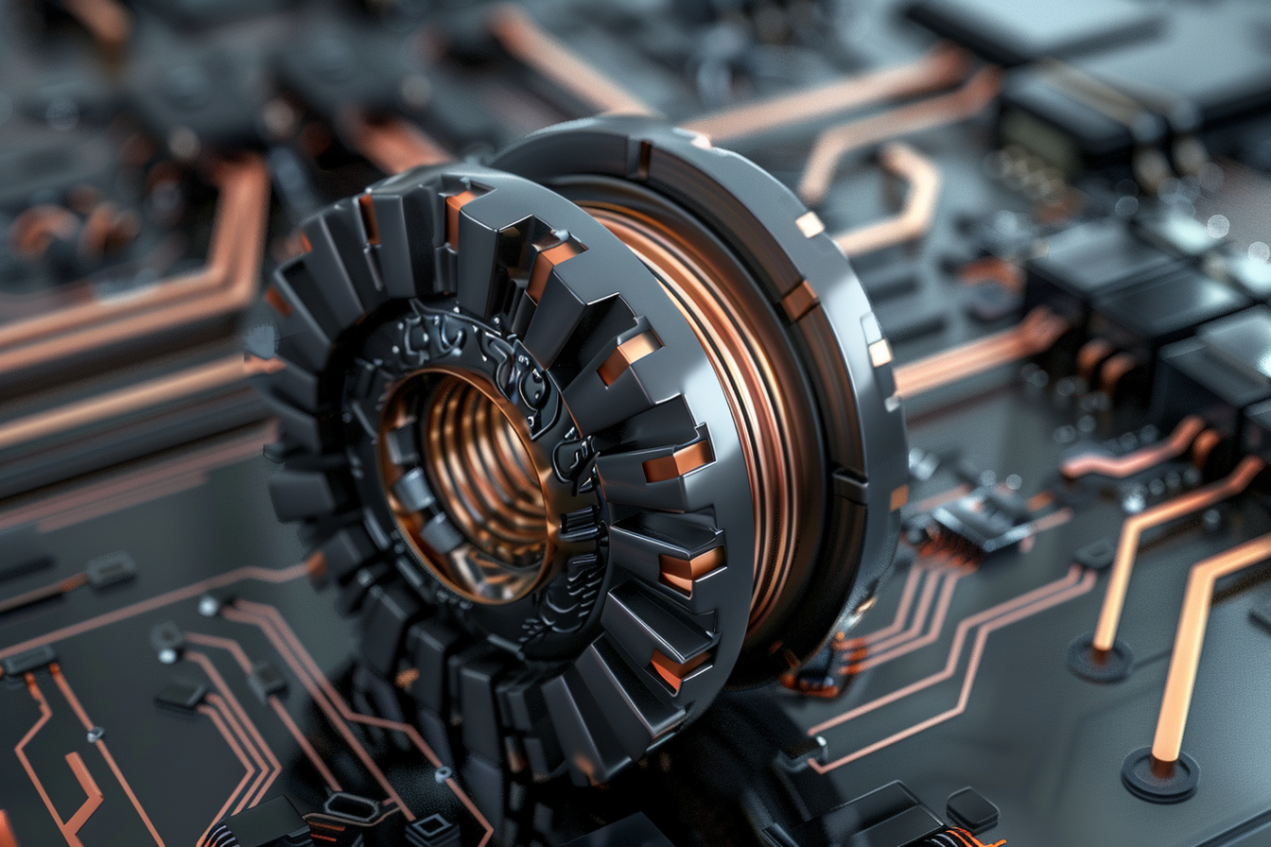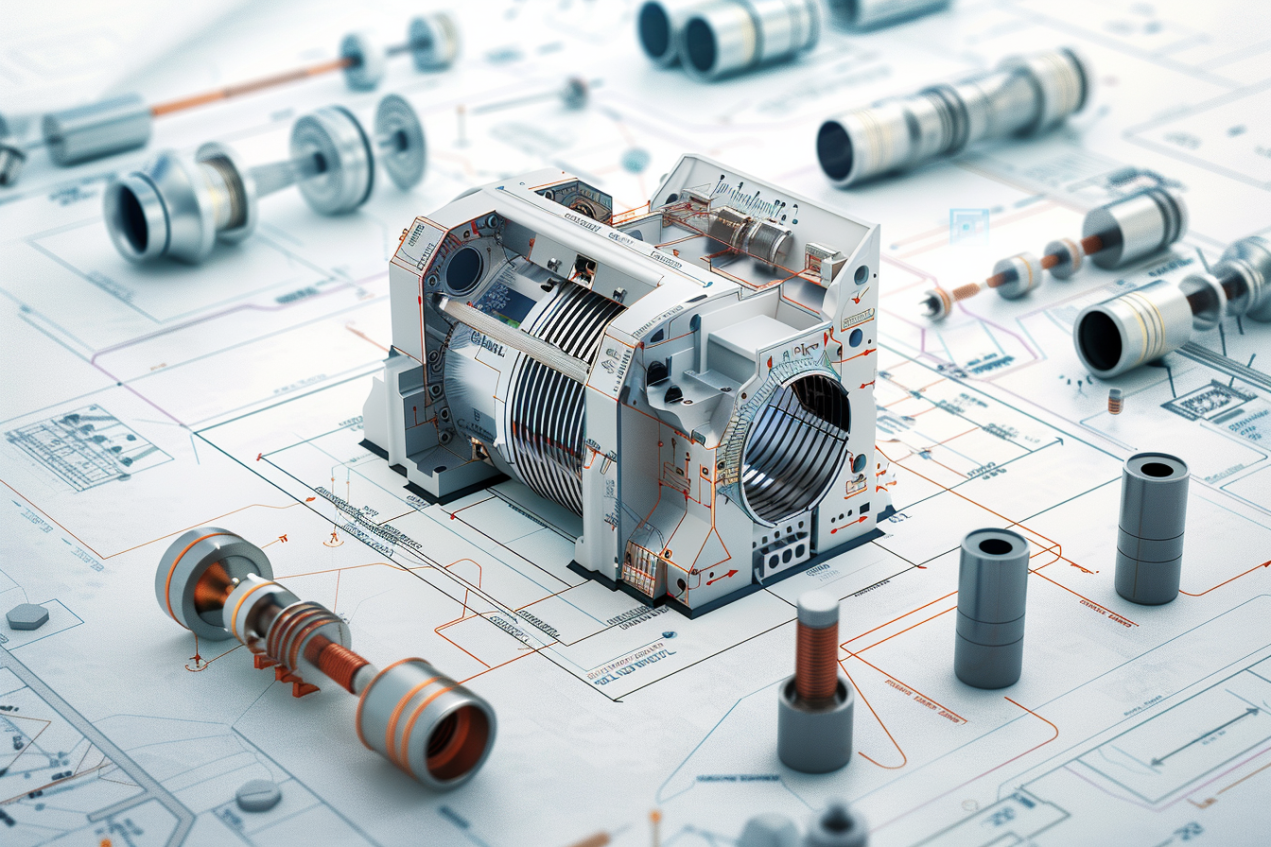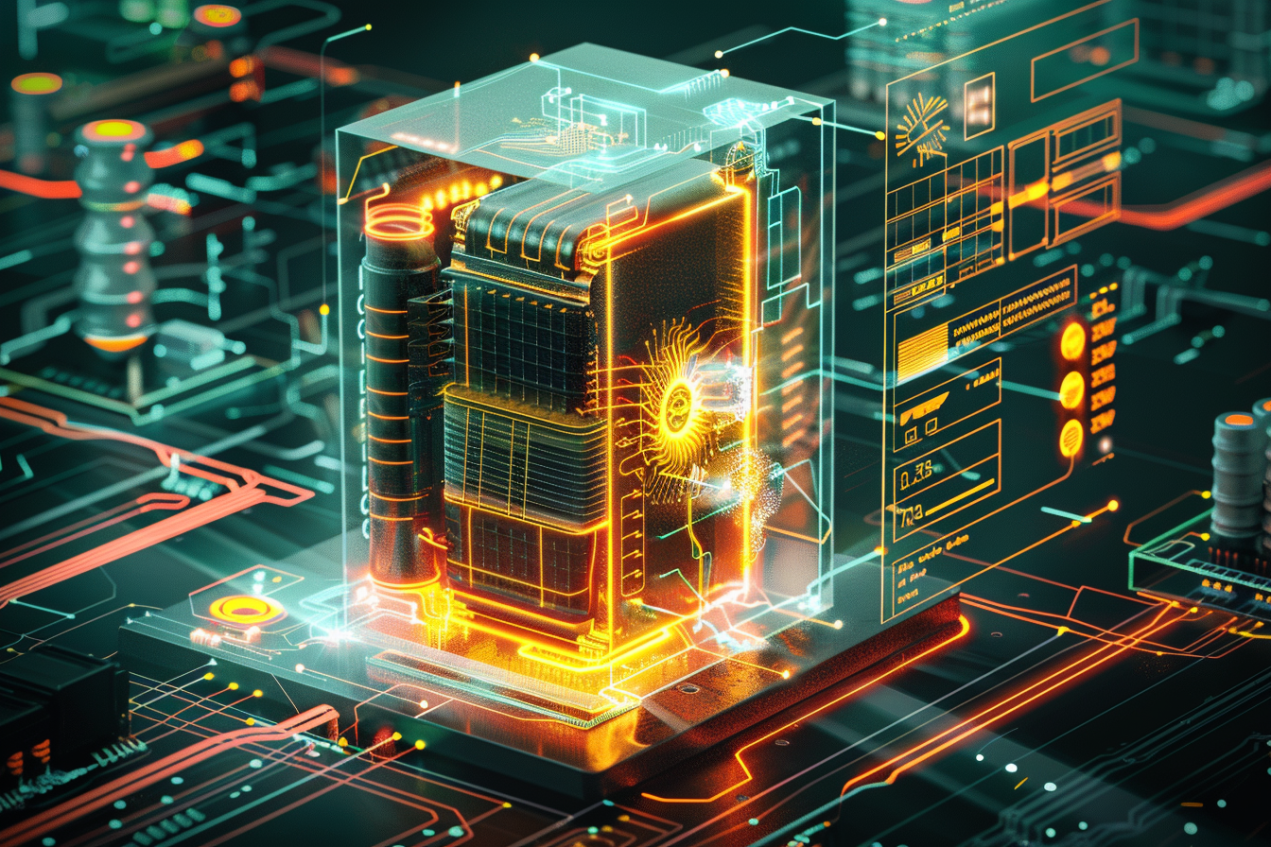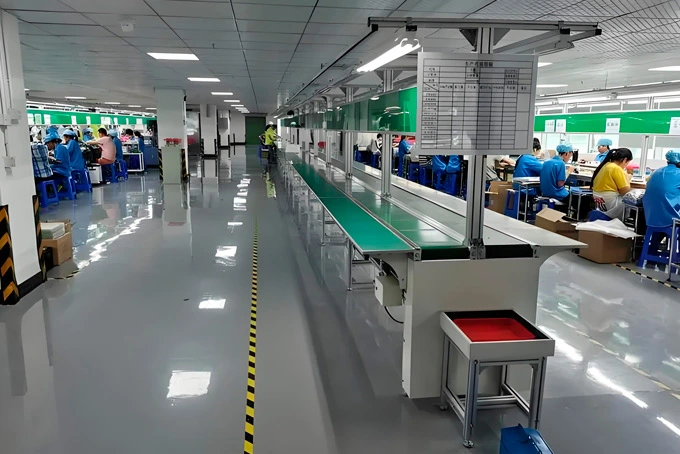Struggling with inefficient power supplies? A ferrite core transformer could solve your problems. It ensures precision and reliability in high-frequency systems.
A ferrite core transformer transfers energy using a ferrite core. It excels in high-frequency applications like power supplies and communication devices. Its design minimizes energy loss.

I've seen how ferrite core transformers change the game. At BST Sensor, we craft these components to power cutting-edge devices. Let's explore their benefits and challenges.
Ever wonder how devices stay efficient? Ferrite core transformers are key. They handle energy transfer in compact systems with ease.
A ferrite core transformer uses a ferrite material core. It supports high-frequency operations. Common uses include power supplies, signal transformers, and communication devices.

I remember my first project with ferrite transformers. Their compact size amazed me. They use ferrite, a ceramic-like material with high magnetic permeability. This lets them work at high frequencies. Low electrical conductivity cuts energy loss. At BST, we design them for automotive and industrial needs.
| Feature | Benefit |
|---|---|
| High magnetic permeability | Efficient energy transfer |
| Low conductivity | Reduced energy loss |
| Compact size | Fits small devices |
Their versatility makes them vital. From toroidal to E-core designs, they meet specific needs. We test each one to ensure durability. This focus keeps our clients' systems running smoothly.
Worried about energy loss in devices? Ferrite cores tackle this issue. They make transformers efficient and reliable.
Ferrite cores are used for their high magnetic permeability. They minimize eddy current losses. This makes them ideal for high-frequency transformers in power supplies.

Years ago, I worked on a power supply project. Ferrite cores saved the day. Their ability to handle high frequencies is unmatched. They have high magnetic permeability, which boosts efficiency. Low eddy current losses mean less heat and wasted energy.
| Property | Advantage |
|---|---|
| High permeability | Better energy transfer |
| Low eddy currents | Less heat generation |
| Lightweight | Easy to integrate |
At BST, we use ferrite cores to reduce electromagnetic interference (EMI). This is critical for communication devices. Their cost-effectiveness is a bonus. We customize them for specific frequencies. This ensures peak performance in every application.
Concerned about transformer durability? Ferrite core transformers have limits. Knowing their downsides helps you choose wisely.
Ferrite core transformers are brittle. They struggle with mechanical stress. They're less effective for low-frequency, high-power applications due to saturation risks.I once faced a project where ferrite cores didn't fit. Their brittleness was a challenge. Ferrite materials can crack under stress. This makes them tricky for rugged environments. They also saturate at low frequencies, limiting high-power use.
| Drawback | Impact |
|---|---|
| Brittleness | Risk of cracking |
| Low-frequency limits | Saturation issues |
| Thermal sensitivity | Reduced lifespan |
Despite this, their benefits often shine. At BST, we counter these issues with careful design. We use protective casings to reduce stress. For low-frequency needs, we suggest other materials. Our goal is reliability, no matter the challenge.
Unsure if ferrite cores are essential? Their role depends on your device's needs. Let's break it down.
Ferrite cores are vital for high-frequency systems. They ensure efficiency and EMI control. For low-frequency applications, other materials may work better.

I recall a client debating ferrite cores. We tested alternatives, but ferrite won for efficiency. In high-frequency systems, they're unmatched. They reduce EMI, keeping signals clear. Their lightweight design saves space.
| Application | Ferrite Core Need |
|---|---|
| High-frequency | Essential |
| Low-frequency | Optional |
| EMI-sensitive | Highly recommended |
For power supplies or signal transformers, ferrite is often necessary. But for heavy-duty, low-frequency tasks, iron cores might be better. At BST, we analyze each project's needs. We ensure the right core for the job. This approach guarantees performance and cost savings.
Feeling overwhelmed by transformer choices? Ferrite core transformers simplify things. They're built for modern demands.
Ferrite core transformers excel in efficiency. Their EMI control and compact design make them perfect for innovative devices in automotive and industrial fields.
I've spent years refining ferrite transformer designs. Their value is clear. They're lightweight and cost-effective. They handle high frequencies with ease. EMI suppression is a game-changer for device reliability.
| Value | Impact |
|---|---|
| Efficiency | Lower energy costs |
| EMI control | Cleaner signals |
| Compact design | Space savings |
At BST, we push boundaries. Our custom transformers meet strict standards. From toroidal designs to high-frequency models, we focus on durability. As devices shrink and efficiency rises, ferrite cores stay central. They drive innovation, and I'm excited to see where they lead.
Ferrite core transformers boost efficiency and reliability. Despite some limits, their role in high-frequency systems is unmatched. At BST, we craft them for innovation.
